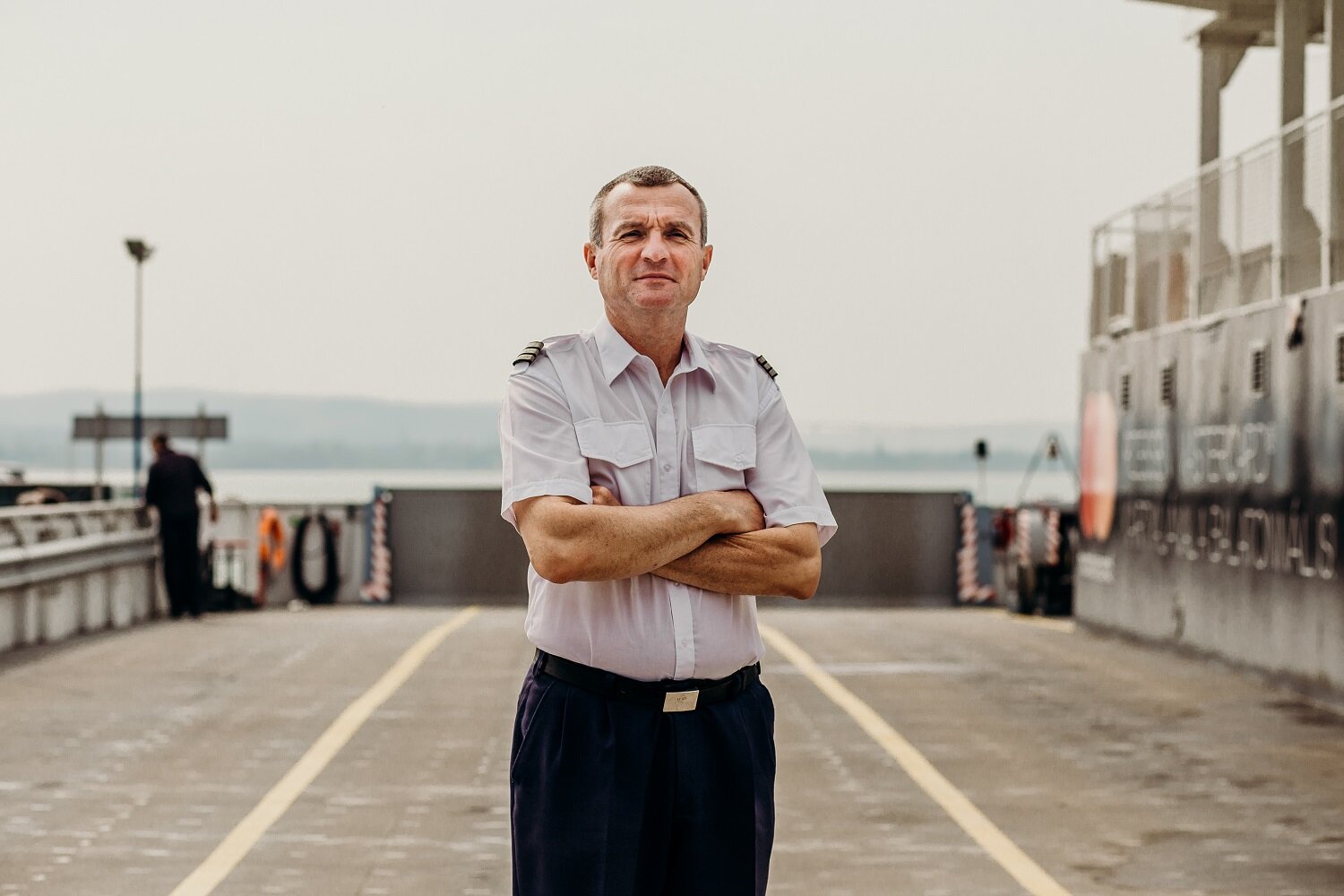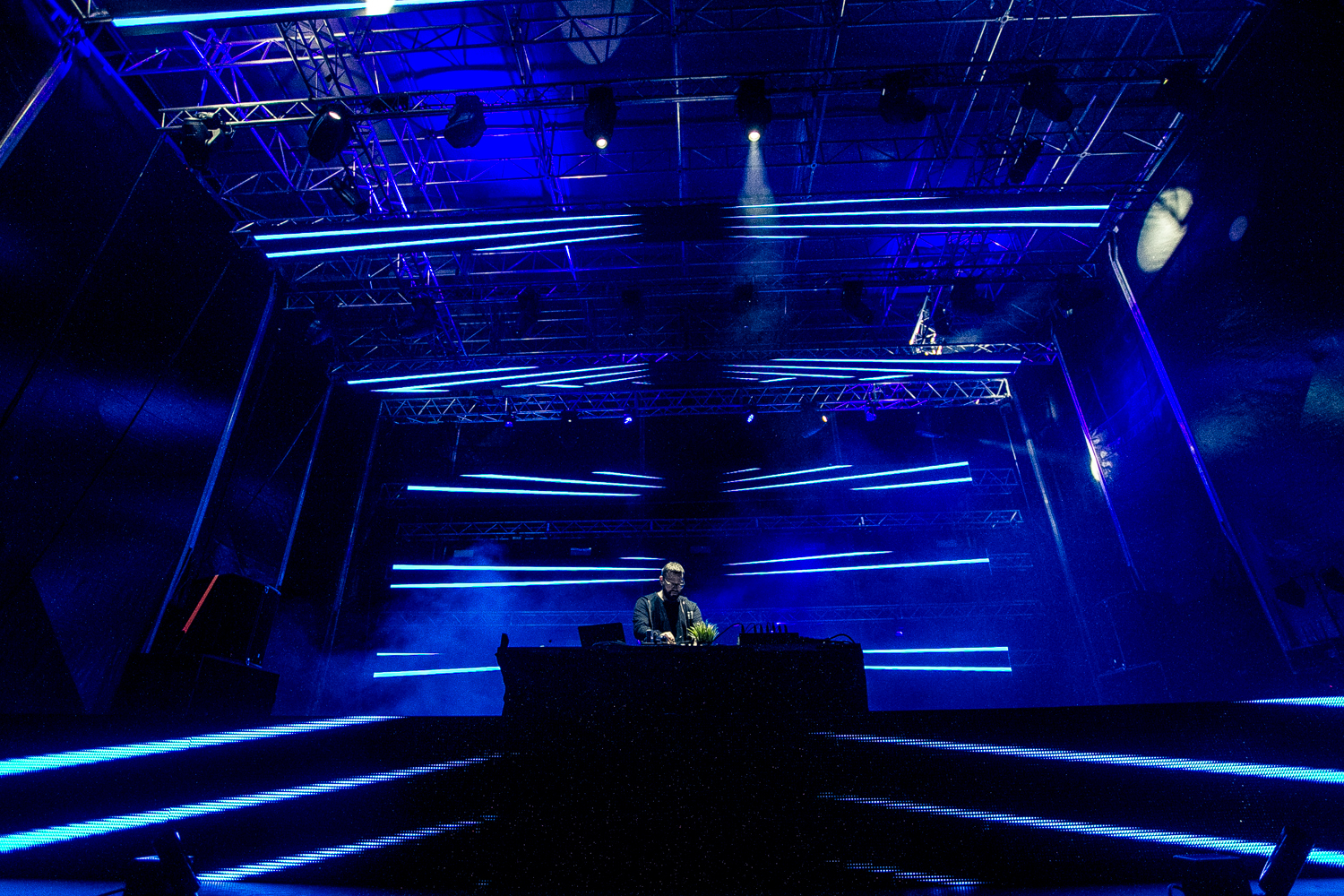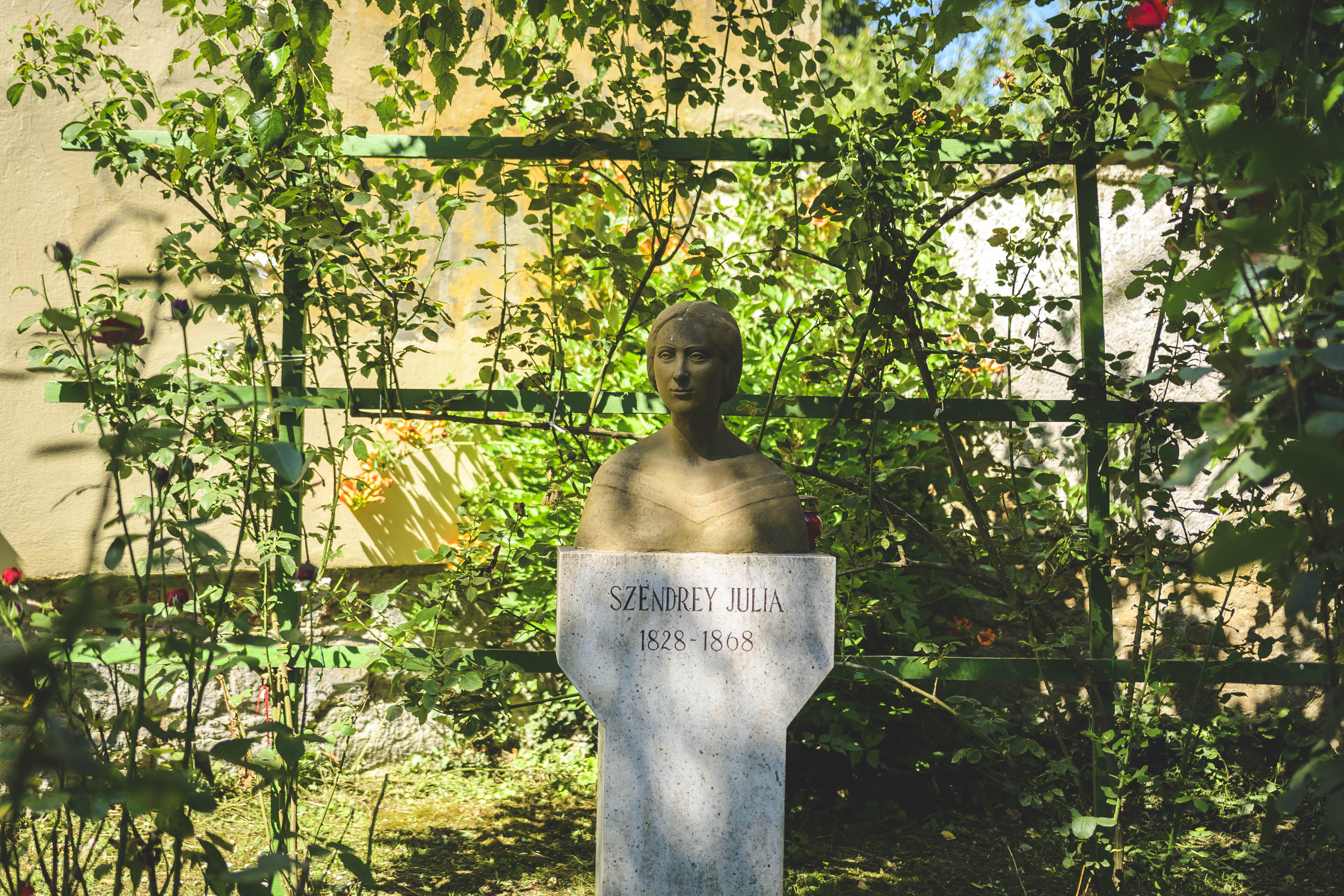Three cars, including an ambulance, await at the dock to take the eight-minute ferry journey from Tihanyrév to Szántód when we join Captain Lajos Sárközi on deck. The ship’s horn blares, the captain starts up the engine and we sail out.
The skipper tells us that the schedule is relatively flexible: it’s up to them precisely when they set off and how many cars they should take to the opposite shore. “It’s better to have more satisfied passengers at the cost of a minimal amount fuel," says the Balaton captain.
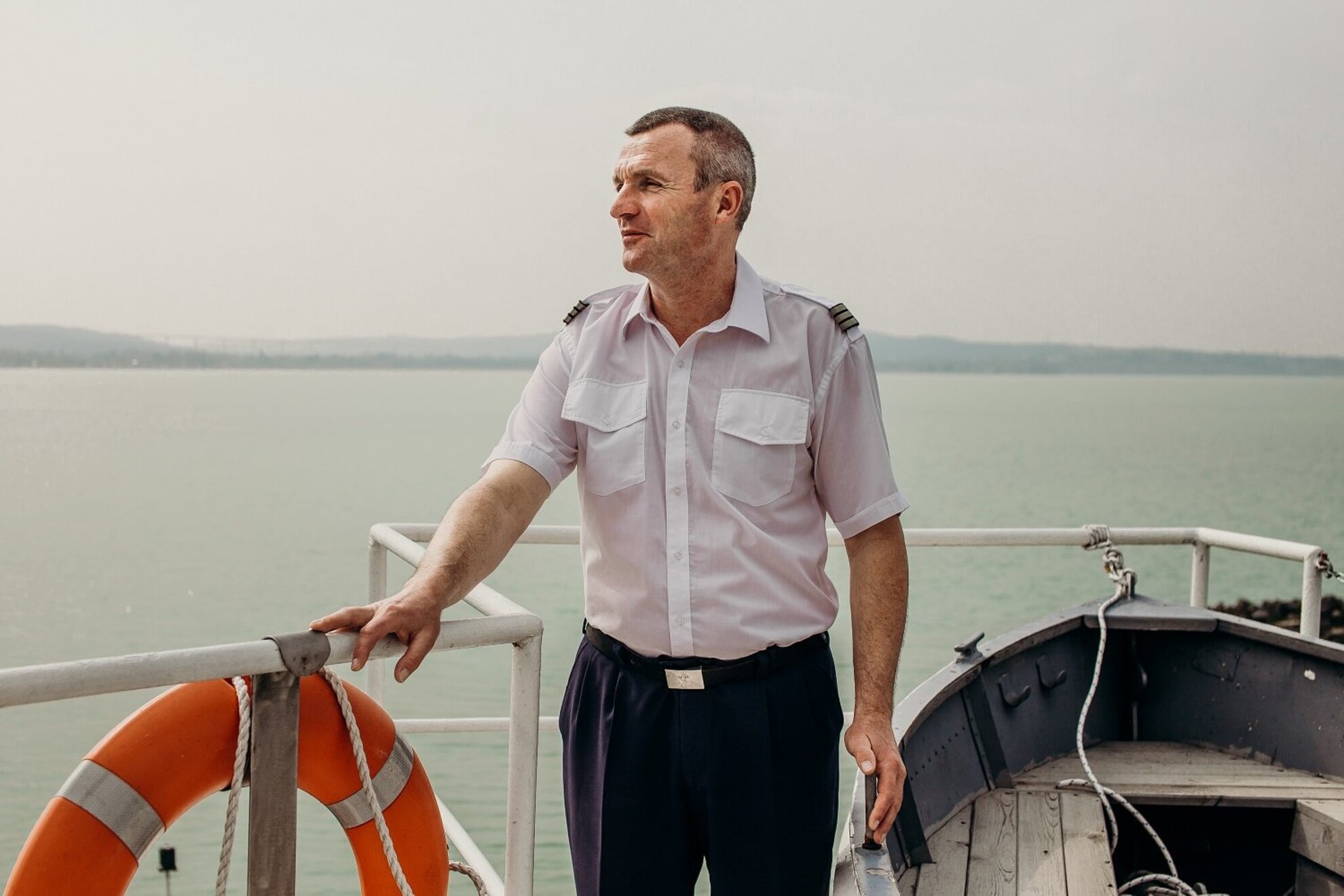
Seas, rivers and Balaton
Lajos Sárközi first started working as a sailor at Lake Balaton in 1985. It was an easy decision: born and bred in Siófok, he studied at nautical secondary school. Later, he became an operator, then helmsman, mechanic and, finally, captain. He’s been serving on this ferry for the past eight years, after working at one in Kisfaludy.
Captain Sárközi toyed with the idea of sailing on the high seas, but it was obvious that he would stay here. He worked on passenger ships and tugboats at Lake Balaton, and steered boats on the river Sió. In the past years, he helped taking many waterbuses to the Danube via the river, which proved to be: “a challenge. Balaton is a nice ride compared to Sió, which is a rodeo, you have to be very careful as the banks are very close.”
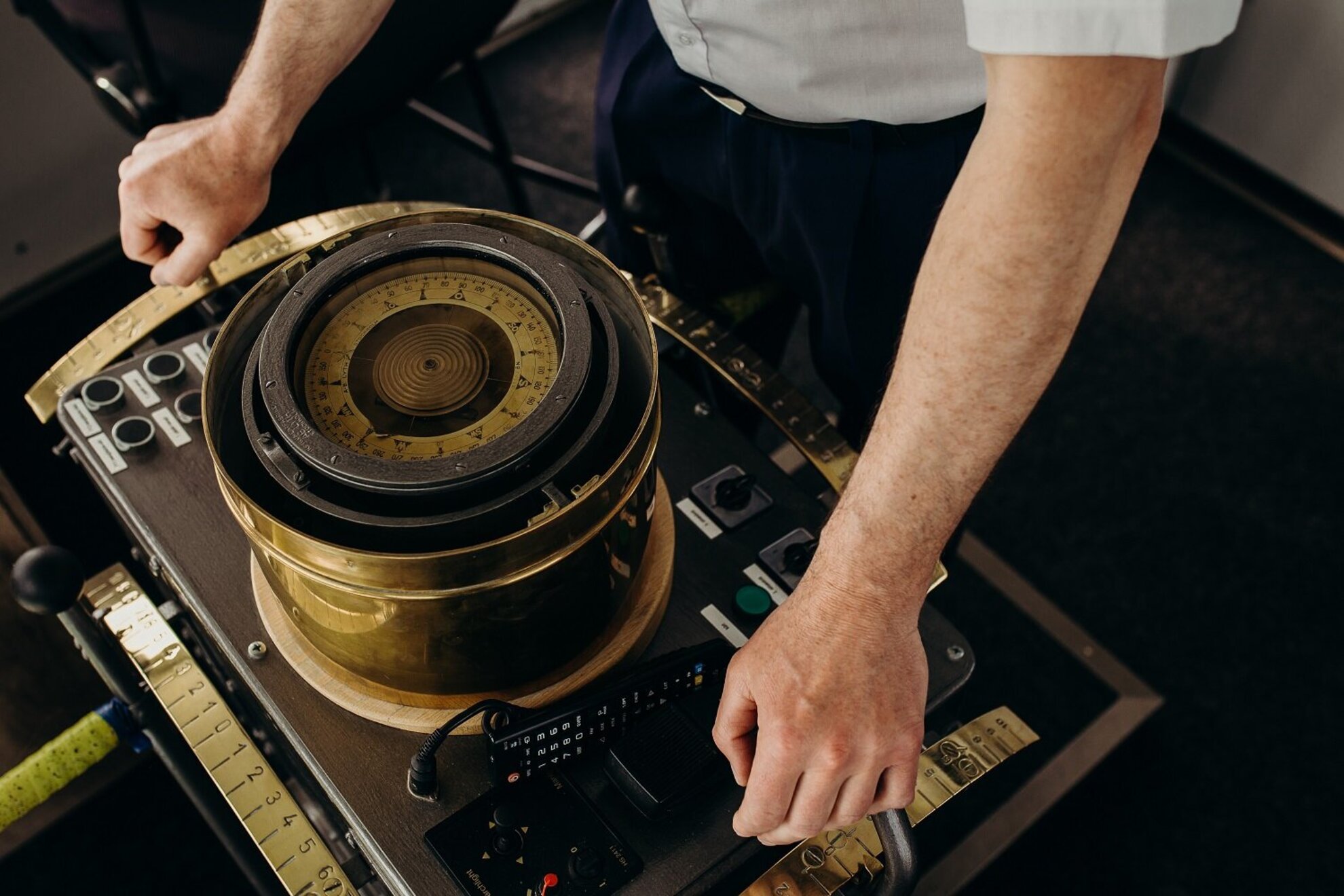
The daily routine
Piloting a ferry, of course, requires experience, but it’s not an impossible task. There’s a main handle behind the captain, which starts the engine and sets the speed. There’s another for adjusting thrust, and two more on the side with which he controls the ship and sets the direction. There’s no huge steering wheel like you see in pirate films. After a few years, it’s easy to get the hang of it, especially if you do the journey 20 times a day.
A working day is pretty long, from morning to sunset most of the time. In high season, a shift can last from 6am to 8pm. It's tiring and monotonous work, especially in high traffic – it’s mentally exhausting to come and go all the time.
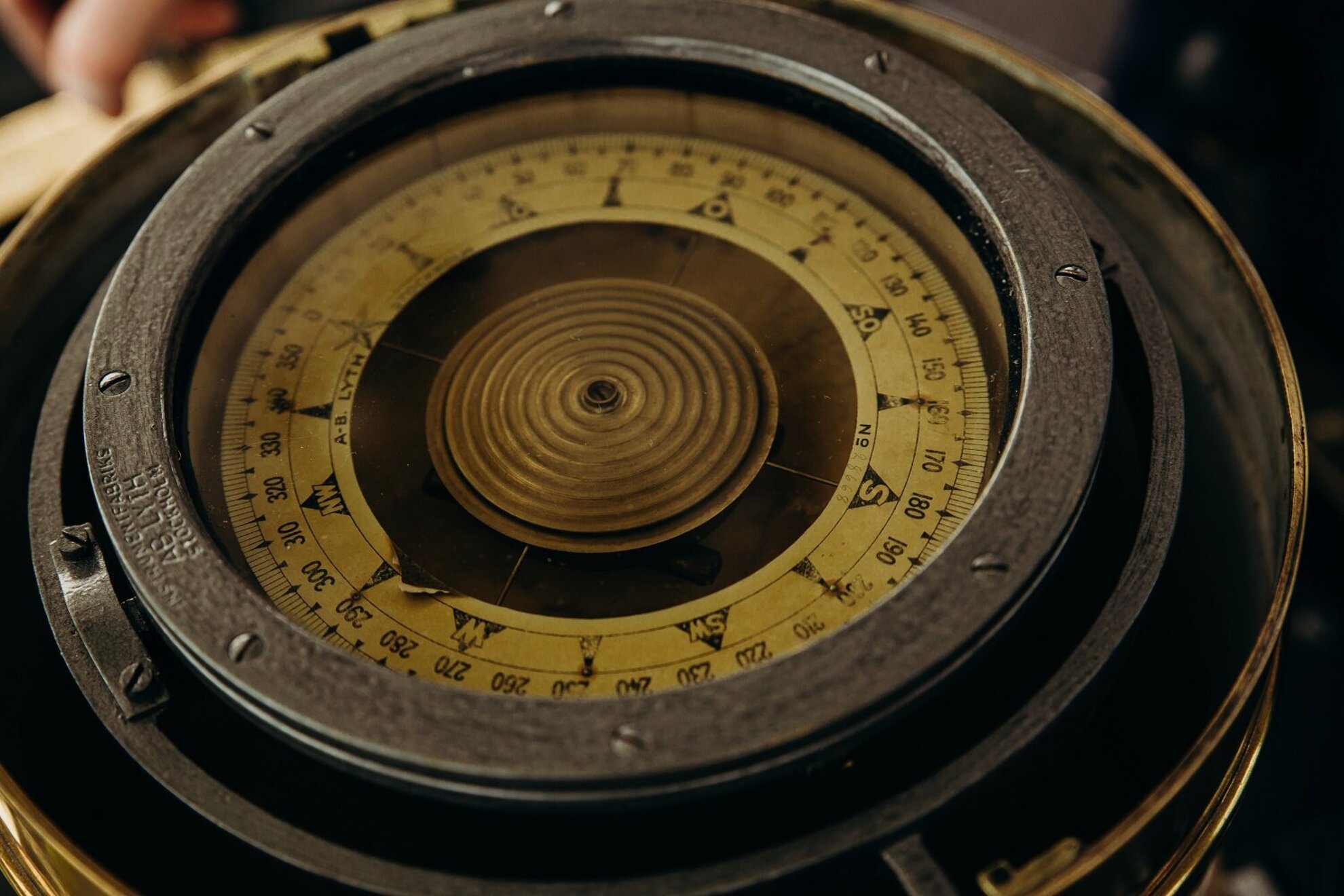
Losing focus due to the monotony can be dangerous – it takes ten years to reach the point where someone can pilot the boat reliably and independently. There have been no major ferry accidents – sometimes they do bump slightly into the bank, with serious harm done. The captain doesn’t recall anyone falling into the water. “Rescuing someone from the water wouldn’t be easy as the ferry is quite high up,” he says. Of course, the captain would jump into action if need be.
Stormy Balaton
The ideal weather conditions, according to Sárközi, are “calm and quiet, without any wind, a bit of sunshine, around 25 degrees”. He survives the summer heat with air conditioning. In winter, fog can be a challenge, although radar is a big help. Strong winds are the worst problem, especially from the west, “that’s when we won’t let buses on deck, as the ferry is rocking”. It’s up to the captain to decide when to stop the service or if it’s safe to transport tall vehicles in the current weather conditions. Once there was a storm and he couldn’t dock for 20 minutes.
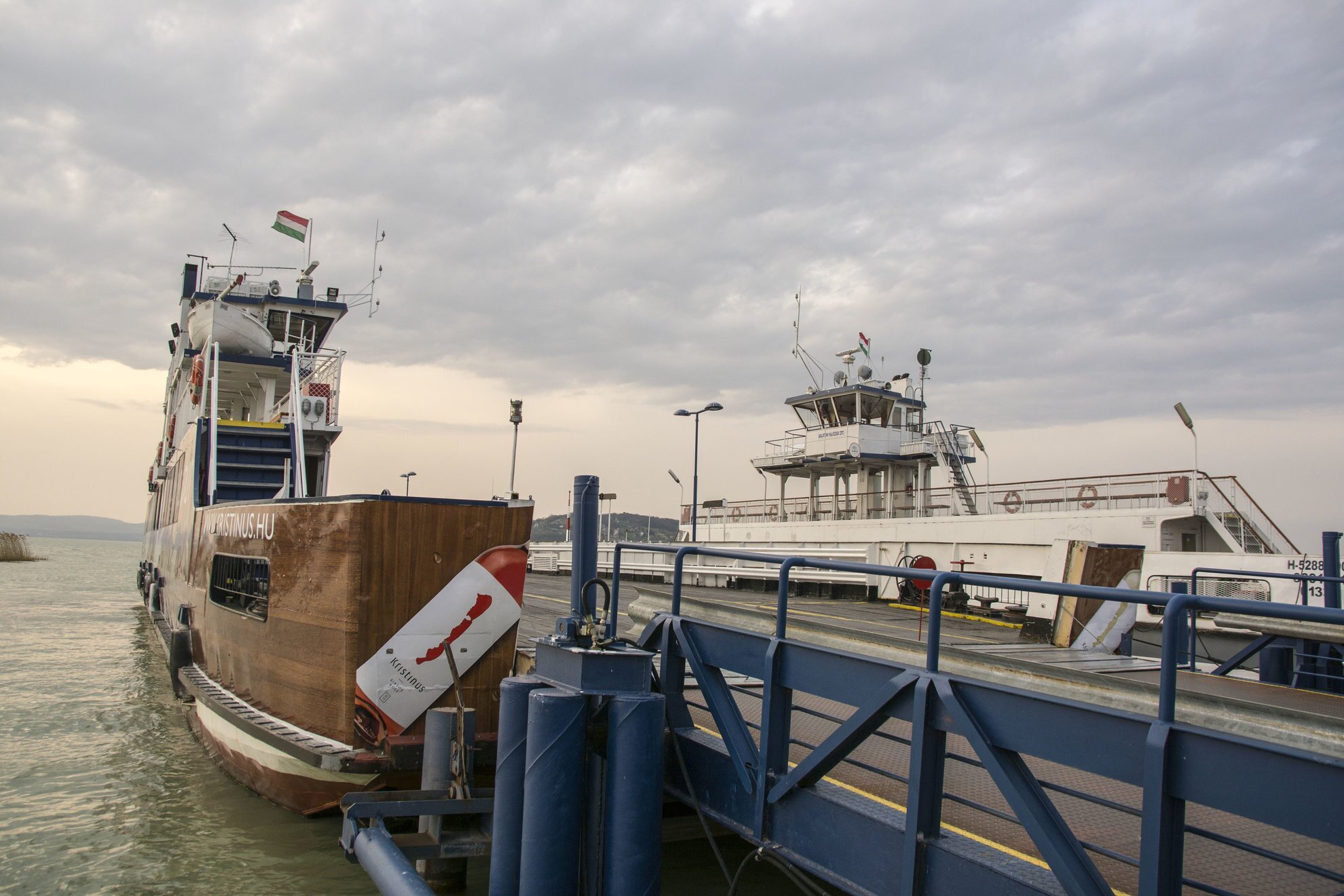
Last summer, during the bigger storms, there were times when the ferry had to stop operating for 20-30 minutes. The last time the ferry was out for a whole day was a few years back, when there was a big snowstorm. If there’s ice, it has to be more than ten centimetres thick with a forecast of lasting cold for the service to stop.
The invincible
Sárközi tells us that, with its two engines, it’s unlikely that the ferry will break down. Even if one of them stops, “it’s still possible to dock, although it’s more difficult”. Another ship could also push the ferry into dock.
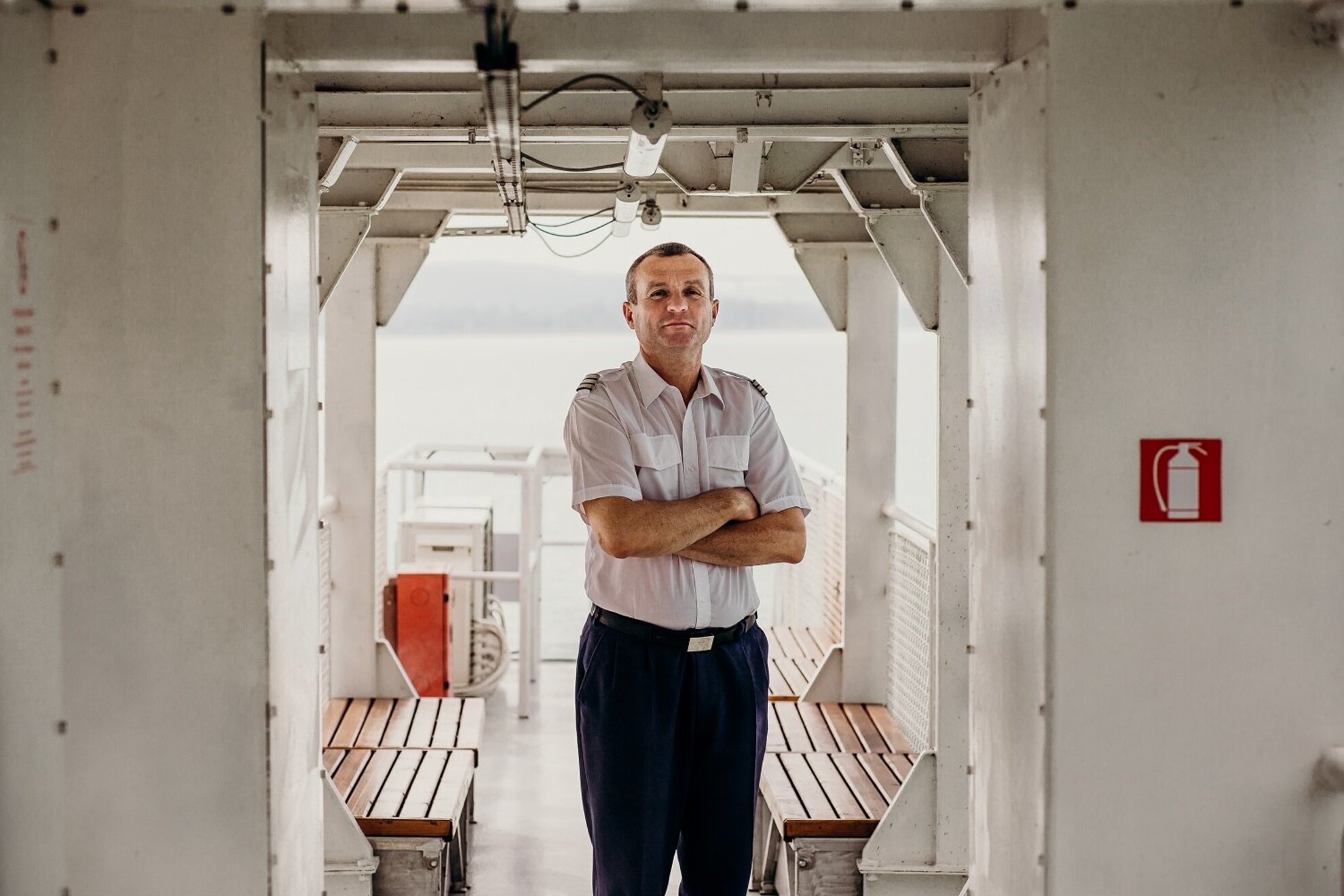
The ferry has transported lorries, buses and sightseeing trains – almost everything below a ten-tonne axle load can board the ferry. It’s important to note that riding a horse is forbidden, horses can only be on board in trailers, as they easily be scared by the sound of the engines, and the staff has to clean up the results. Back in the day, it was natural to transport whole flocks from one shore to the other, there was even a separate spot for indicating the species on board in the logbook. Nowadays bicycles, cars and the ferry concerts of MOL Nagyon Balaton are more frequent travellers than sheep.
The article was previously published in MOL Nagyon Balaton’s print issue, Balaton Magazin. With a circulation of 300,000, this free magazine can be found at festivals, beaches, restaurants and MOL petrol stations, and it’s also available online.
We Love Balaton is media partners with the MOL Nagyon Balaton events series.
